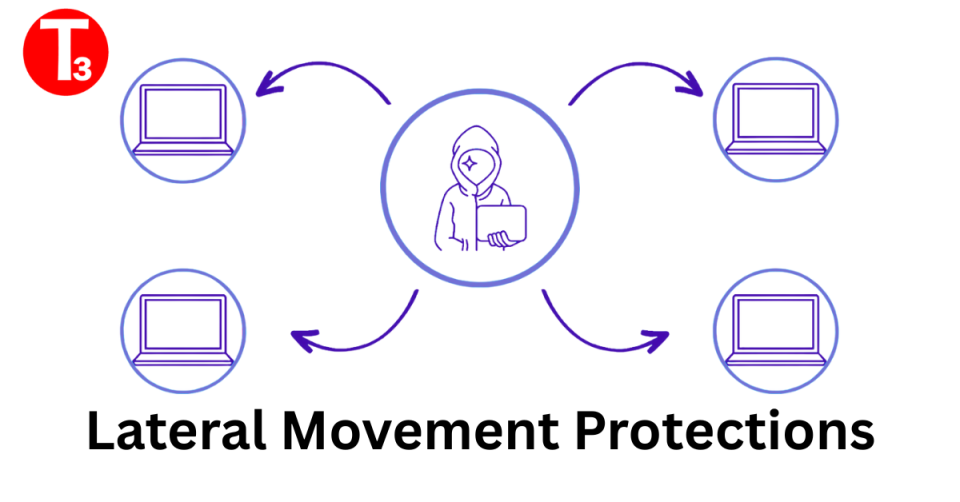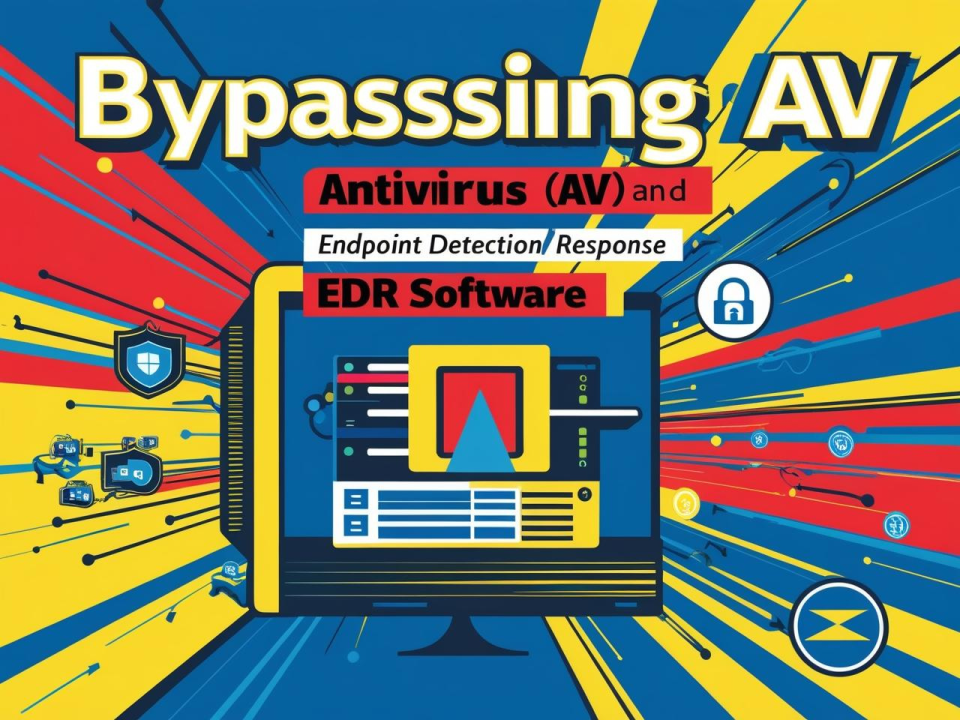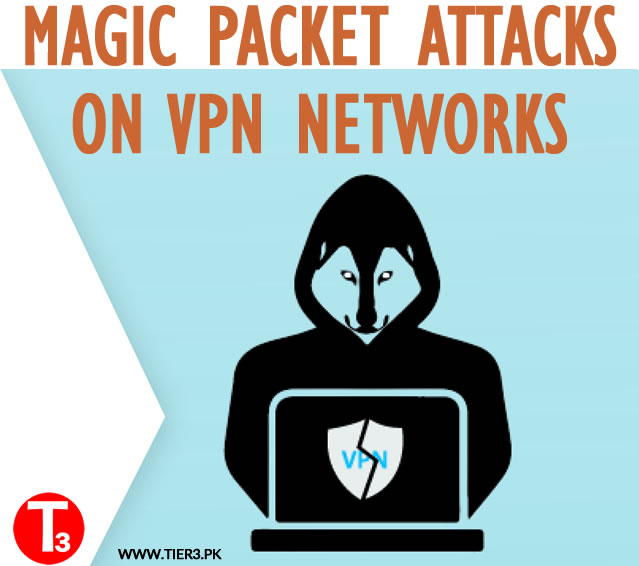bata.pk – xss security Vulnerability
December 15, 2015Cyber Security Threats Pakistan
January 6, 2016Secret Code Found in Juniper’s Firewalls Shows Risk of Government Backdoors
ENCRYPTION BACKDOORS HAVE been a hot topic in the last few years—and the controversial issue got even hotter after the terrorist attacks in Paris and San Bernardino, when it dominated media headlines. It even came up during this week’s Republican presidential candidate debate. But despite all the attention focused on backdoors lately, no one noticed that someone had quietly installed backdoors three years ago in a core piece of networking equipment used to protect corporate and government systems around the world.
On Thursday, tech giant Juniper Networks revealed in a startling announcement that it had found “unauthorized” code embedded in an operating system running on some of its firewalls.
The code, which appears to have been in multiple versions of the company’s ScreenOS software going back to at least August 2012, would have allowed attackers to take complete control of Juniper NetScreen firewalls running the affected software. It also would allow attackers, if they had ample resources and skills, to separately decrypt encrypted traffic running through the Virtual Private Network, or VPN, on the firewalls.
“During a recent internal code review, Juniper discovered unauthorized code in ScreenOS that could allow a knowledgeable attacker to gain administrative access to NetScreen devices and to decrypt VPN connections,” Bob Worrall, the companies’ CIO wrote in a post. “Once we identified these vulnerabilities, we launched an investigation into the matter, and worked to develop and issue patched releases for the latest versions of ScreenOS.”
Juniper released patches for the software yesterday and advised customers to install them immediately, noting that firewalls using ScreenOS 6.2.0r15 through 6.2.0r18 and 6.3.0r12 through 6.3.0r20 are vulnerable. Release notes for 6.2.0r15 show that version being released in September 2012, while release notes for 6.3.0r12 show that the latter version was issued in August 2012.
The security community is particularly alarmed because at least one of the backdoors appears to be the work of a sophisticated nation-state attacker.
“The weakness in the VPN itself that enables passive decryption is only of benefit to a national surveillance agency like the British, the US, the Chinese, or the Israelis,” says Nicholas Weaver, a researcher at the International Computer Science Institute and UC Berkeley. “You need to have wiretaps on the internet for that to be a valuable change to make [in the software].”
But the backdoors are also a concern because one of them—a hardcoded master password left behind in Juniper’s software by the attackers—will now allow anyone else to take command of Juniper firewalls that administrators have not yet patched, once the attackers have figured out the password by examining Juniper’s code.
Ronald Prins, founder and CTO of Fox-IT, a Dutch security firm, said the patch released by Juniper provides hints about where the master password backdoor is located in the software. By reverse-engineering the firmware on a Juniper firewall, analysts at his company found the password in just six hours.
“Once you know there is a backdoor there, … the patch [Juniper released] gives away where to look for [the backdoor] … which you can use to log into every [Juniper] device using the Screen OS software,” he told WIRED. “We are now capable of logging into all vulnerable firewalls in the same way as the actors [who installed the backdoor].”
But there is another concern raised by Juniper’s announcement and patches—any other nation-state attackers, in addition to the culprits who installed the backdoors, who have intercepted and stored encrypted VPN traffic running through Juniper’s firewalls in the past, may now be able to decrypt it, Prins says, by analyzing Juniper’s patches and figuring out how the initial attackers were using the backdoor to decrypt it.
“If other state actors are intercepting VPN traffic from those VPN devices, … they will be able to go back in history and be able to decrypt this kind of traffic,” he says.
Weaver says this depends on the exact nature of the VPN backdoor. “If it was something like the Dual EC, the backdoor doesn’t actually get you in, … you also need to know the secret. But if it’s something like creating a weak key, then anybody who has captured all traffic can decrypt.” Dual EC is a reference to an encryption algorithm that the NSA is believed to have backdoored in the past to make it weaker. This factor, along with knowledge of a secret key, would allow the agency to undermine the algorithm.
Matt Blaze, a cryptographic researcher and professor at the University of Pennsylvania, agrees that the ability to decrypt already-collected Juniper VPN traffic depends on certain factors, but cites a different reason.
“If the VPN backdoor doesn’t require you to use the other remote-access [password] backdoor first,” then it would be possible to decrypt historical traffic that had been captured, he says. “But I can imagine designing a backdoor in which I have to log into the box using the remote-access backdoor in order to enable the backdoor that lets me decrypt intercepted traffic.”
– from wired.com




